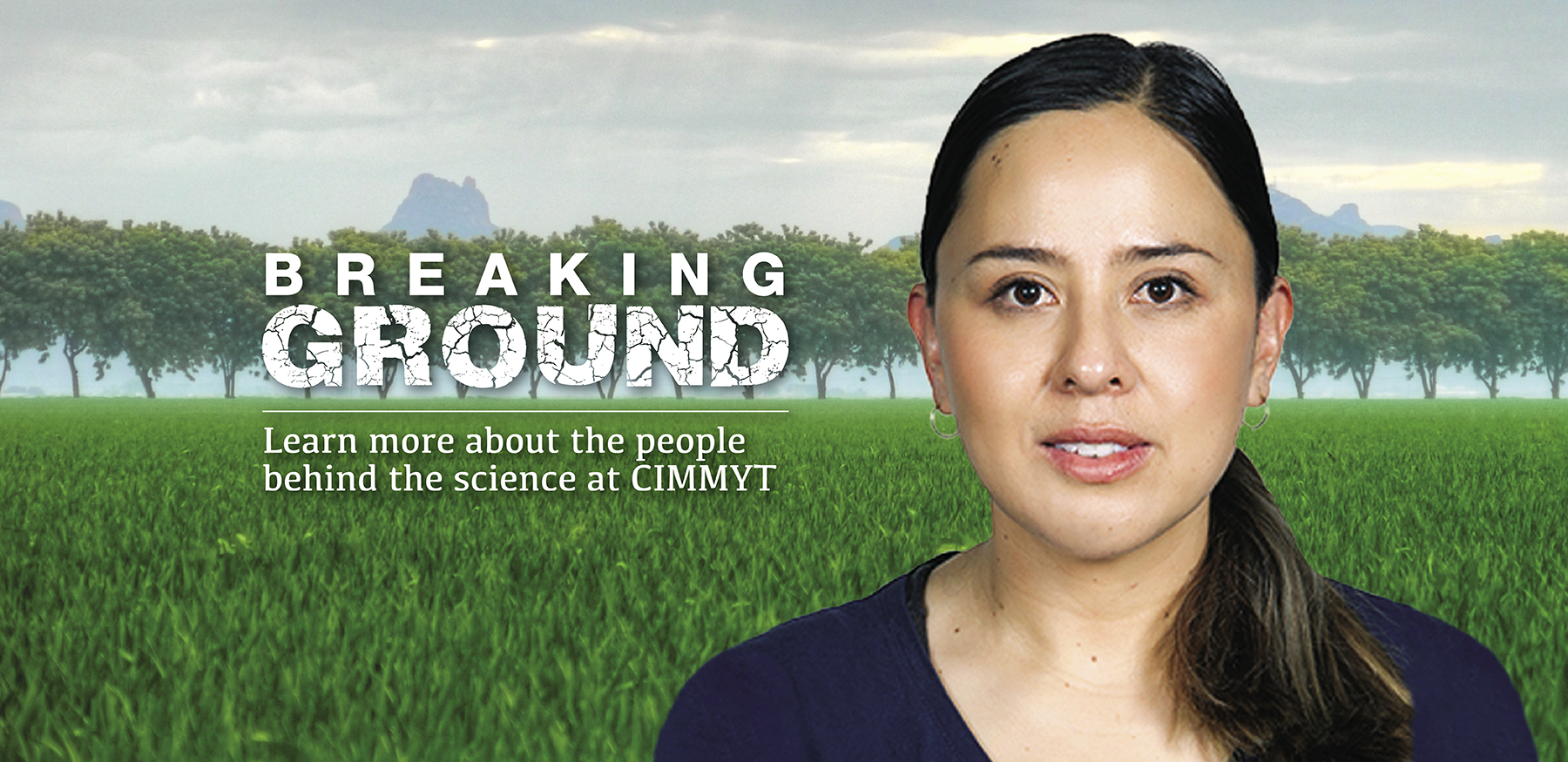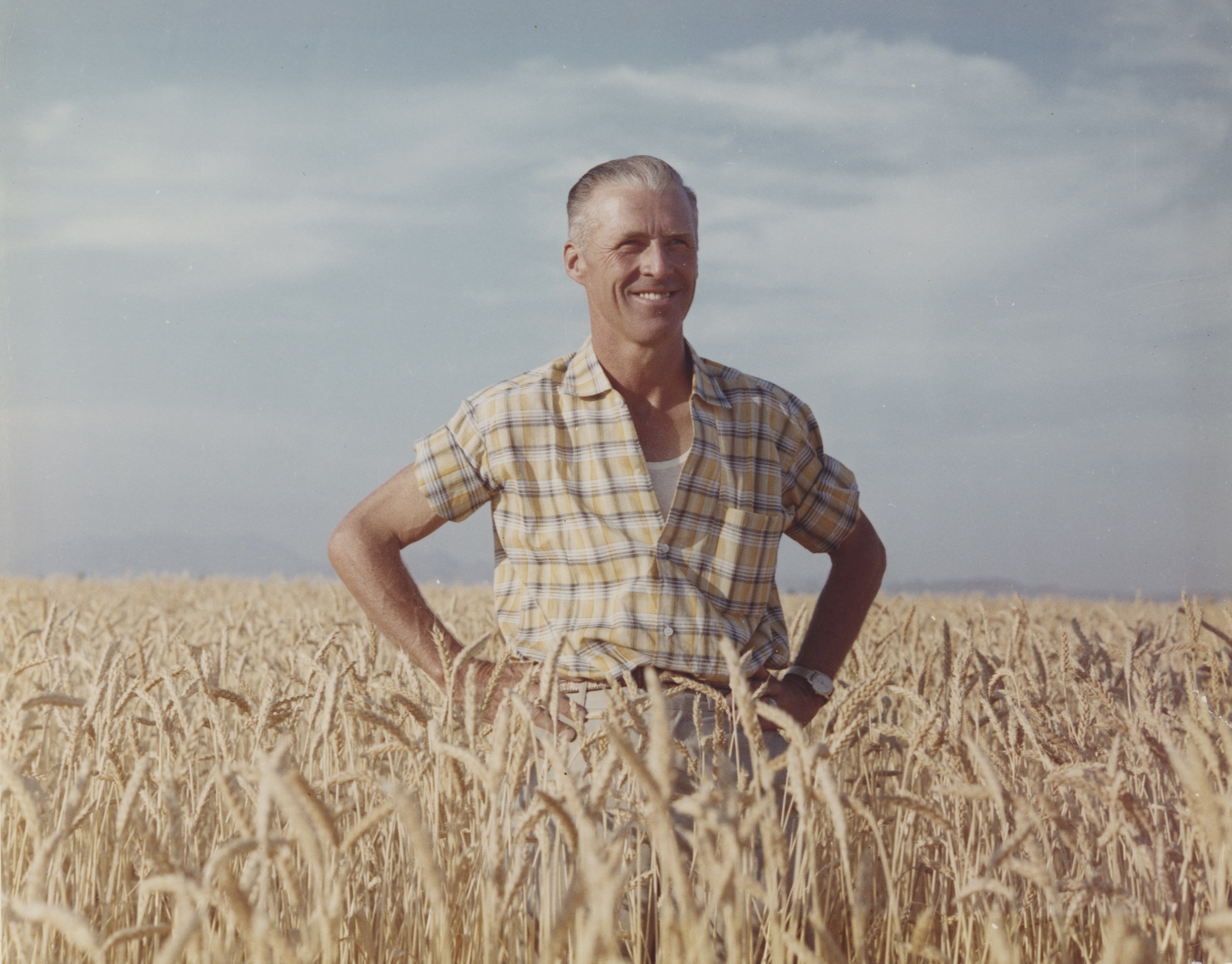Velu Govindan will always remember his father telling him not to waste his food. “He used to say that rice and wheat are very expensive commodities, which most people could only afford to eat once a week during his youth,” recalls the wheat breeder, who works at the International Maize and Wheat Improvement Center (CIMMYT).
As in many parts of the world, the Green Revolution had a radical impact on agricultural production and diets in southern India, where Govindan’s father grew up, and by the late 1960s all farmers in the area had heard of “the scientist” from the USA. “Borlaug’s influence in India is so great because those new high-yielding varieties fed millions of people — including me.”
But feeding millions was only half the battle.
Today, at least two billion people around the world currently suffer from micronutrient deficiency, characterized by iron-deficiency anemia, lack of vitamin A and zinc deficiency.
Govindan works in collaboration with HarvestPlus to improve nutritional quality in cereals in addition to core traits like yield potential, disease resistance and climate tolerance. His area of focus is South Asia, where wheat is an important staple and many smallholder farmers don’t have access to a diversified diet including fruit, vegetables or animal products which are high in micronutrients like iron and zinc.
“It’s important that people not only have access to food, but also have a healthy diet,” says Govindan. “The idea is to improve major staples like rice, maize and wheat so that people who consume these biofortified varieties get extra benefits, satisfying their daily dietary needs as well as combatting hidden hunger.”
The challenge, he explains, is that breeding for nutritional quality is often done at the expense of yield. But varieties need high yield potential to be successful on the market because farmers in developing countries will not get a premium price simply for having a high micronutrient content in their grain.
Fast evolving wheat diseases are another issue to contend with. “If you release a disease-resistant variety today, in as little as three or four years’ time it will already be susceptible because rust strains keep mutating. It’s a continuous battle, but that’s plant breeding.”
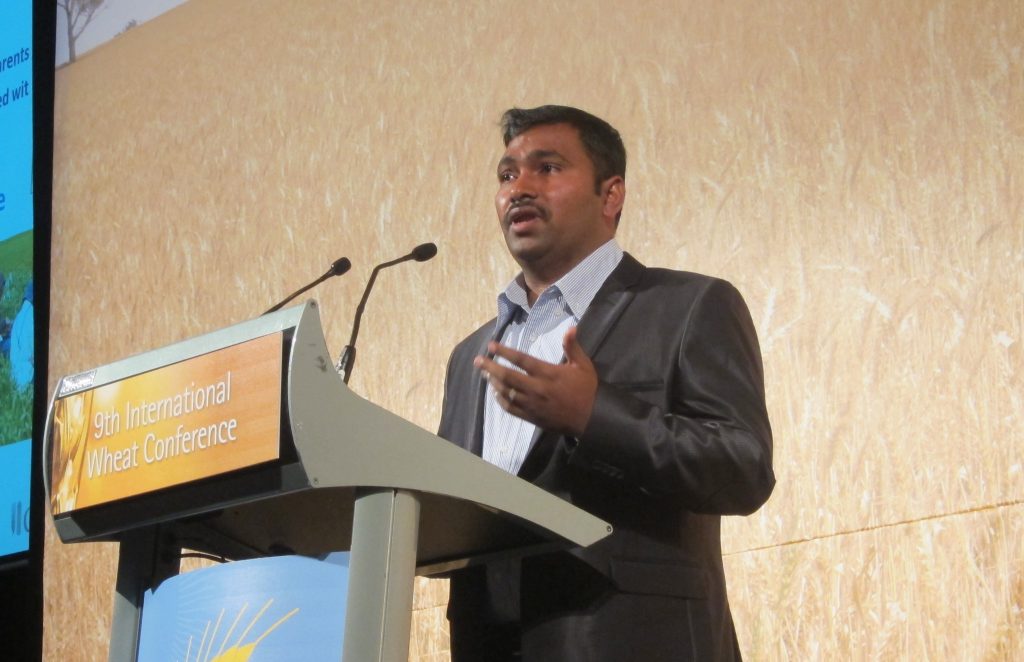
Mainstreaming zinc
When it comes to improvement, breeding is only the first part of the process, Govindan explains. “We can do a good job here in the lab, but if our varieties are not being taken up by farmers it’s no use.”
Govindan and his team work in collaboration with a number of public and private sector organizations to promote new varieties, partnering with national agricultural research systems and advanced research institutes to reach farmers in India, Nepal and Pakistan. As a result, additional high-zinc varieties have been successfully marketed and distributed across South Asia, as well as new biofortified lines which are currently being tested in sub-Saharan Africa for potential release and cultivation by farmers.
Their efforts paid off with the development and release of more than half dozen competitive high-zinc varieties including Zinc-Shakthi, whose grain holds 40% more zinc than conventional varieties and yields well, has good resistance to rust diseases, and matures a week earlier than other popular varieties, allowing farmers to increase their cropping intensity. To date, these biofortified high-zinc wheat varieties have reached nearly a million households in target regions of South Asia and are expected to spread more widely in coming years.
The next step will be to support the mainstreaming of zinc, so that it becomes an integral part of breeding programs as opposed to an optional addition. “Hopefully in ten years’ time, most of the wheat we eat will have those extra benefits.”
There may be a long way to go, but Govindan remains optimistic about the task ahead.
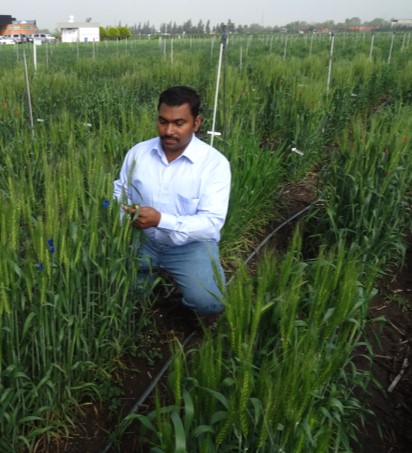
Born into a farming family, he has fond memories of a childhood spent helping his father in the fields, with afternoons and school holidays dedicated to growing rice, cotton and a number of other crops on the family plot.
The region has undergone significant changes since then, and farmers now contend with both rising temperatures and unpredictable rainfall. It was a motivation to help poor farmers adapt to climate change and improve food production that led Govindan into plant breeding.
He has spent nearly ten years working on CIMMYT’s Spring Wheat Program and still feels honored to be part of a program with such a significant legacy. “Norman Borlaug, Sanjay Rajaram and my supervisor Ravi Singh — these people are legendary,” he explains. “So luckily we’re not starting from scratch. These people made life easy, and we just need to keep moving towards achieving continuous genetic gains for improved food and nutrition security.”
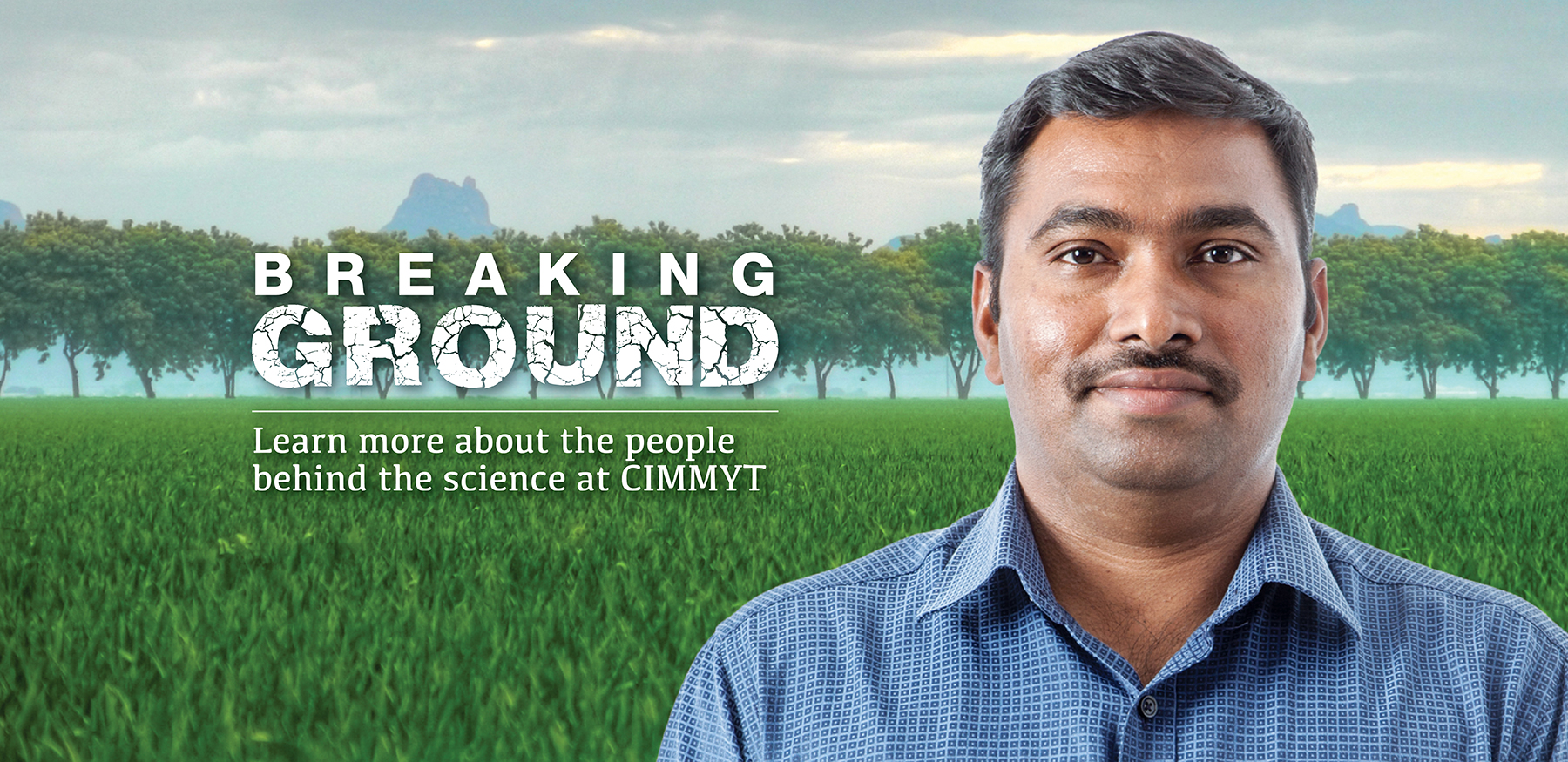

 Nutrition, health and food security
Nutrition, health and food security 